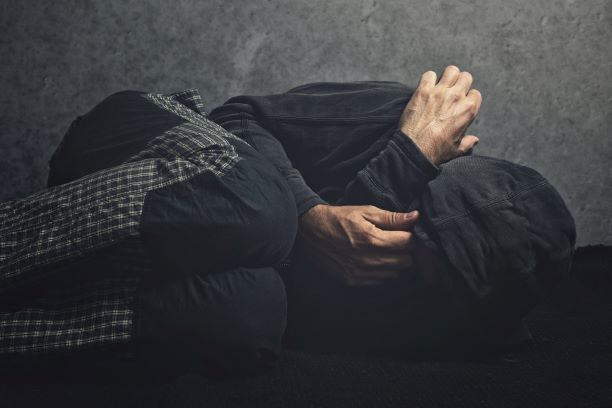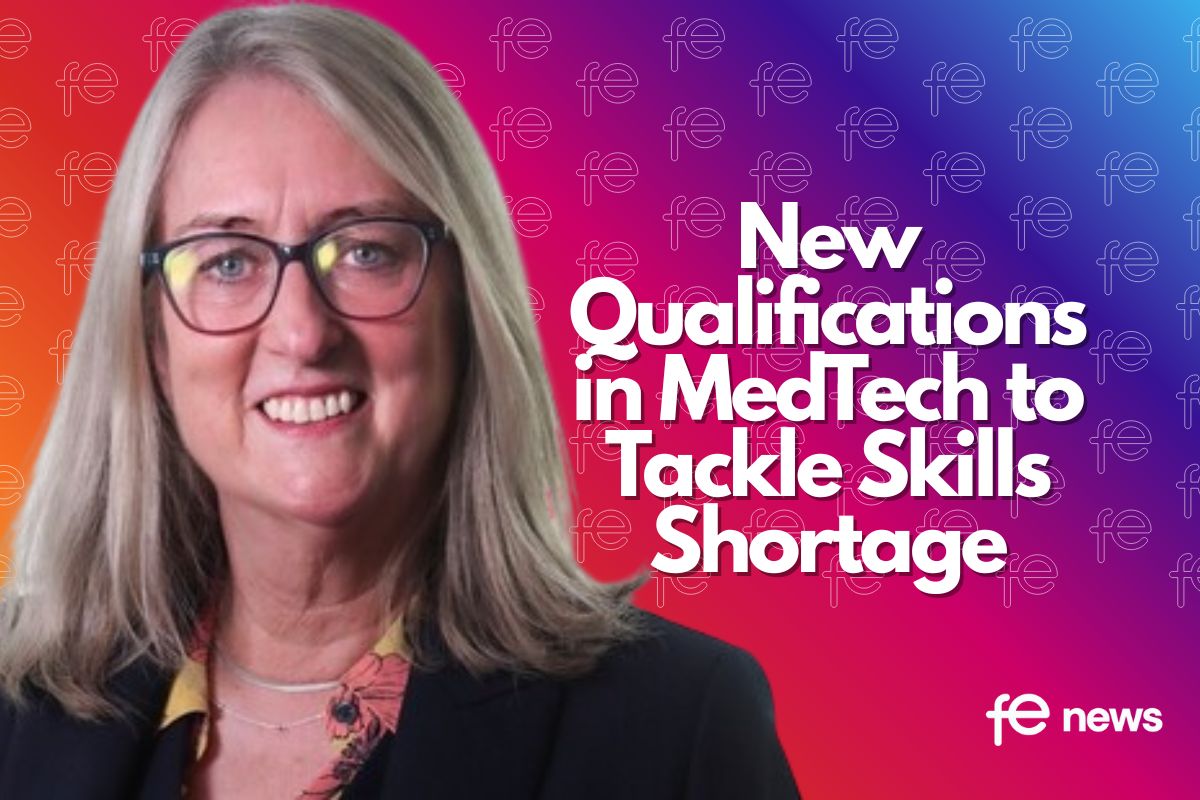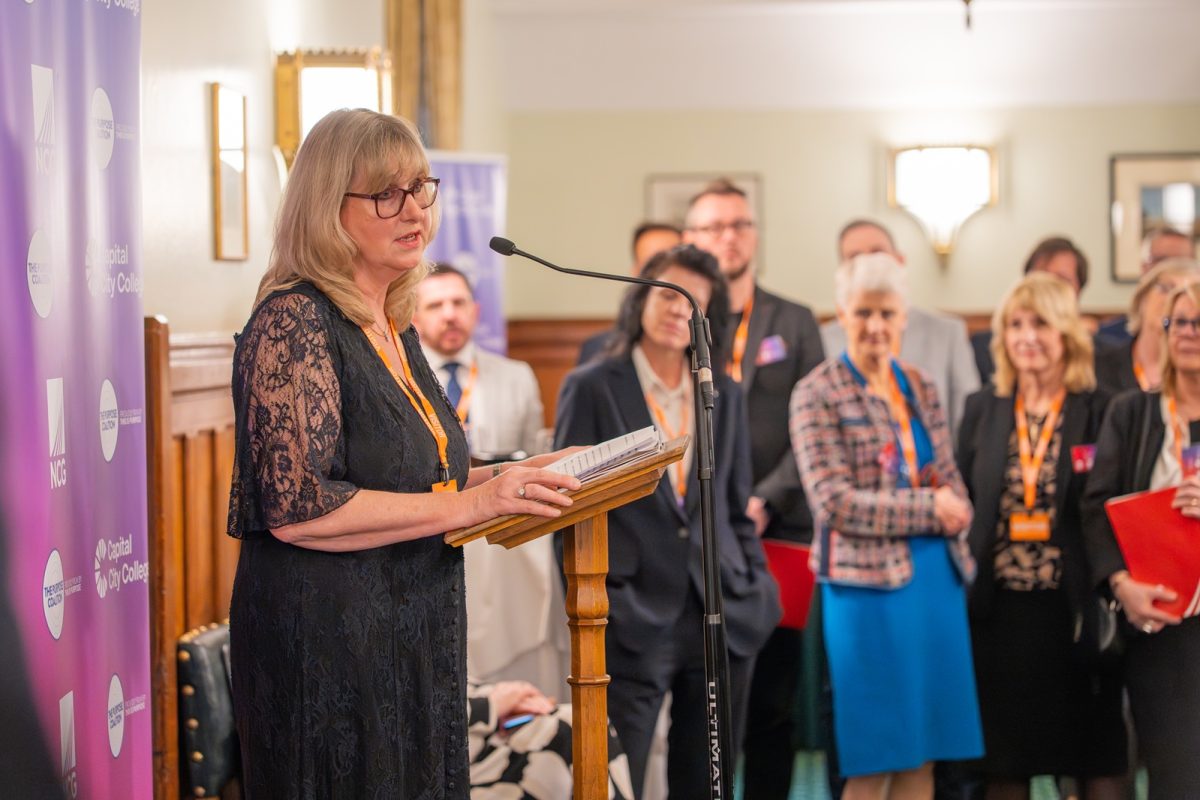Take action to stop children going hungry during school holiday

Child poverty rates as high as 40% by 2022
“Devastating, cumulative cuts”: UK poverty and destitution levels a choice that could be unmade. Single parent families and disabled people hardest hit in overall picture of “target-busting savings” borne by poorest
Rt Hon Frank Field MP, Chair of the Work and Pensions Committee, said: “The Government has shown that it can make target-busting savings through devastating, cumulative cuts to the incomes of the poor, by capping and freezing benefits that was begun under the Coalition Government. Likewise, there is now no effective strategy to increase the life chances of poorer children. It has failed to recognise the unacceptably bleak picture emerging as it shreds our social safety net because it doesn’t really look.”
How it looks now: UK poverty rates for different groups
Over 2/3 of families where parents work part time live in poverty
The Government has recently announced that it will adopt and develop a new way of measuring poverty, based on the work of the Social Metrics Commission—a non-partisan commission, led by Iain Duncan Smith’s former advisor, Baroness Philippa Stroud. Using the Social Metrics Commission measure of poverty, the UN special rapporteur on Extreme Poverty found on his mission to the UK:
- 14 million people, a fifth of the population, live in poverty
- Four million of these are more than 50% below the poverty line, and 1.5 million are destitute: unable to afford basic essentials like food, housing and heating for themselves and their children
- The Institute for Fiscal Studies predicts a 7% rise in child poverty between 2015 and 2022, and various sources predict child poverty rates of as high as 40%: meaning almost one in every two children will be poor
- The bottom 20% of earners will have lost on average 10% of their income by 2021/22 as a result of changes since 2010
Conversely, the Commission’s measure suggests that poverty rates amongst pension-age adults fell from 20.8% in 2001 to 11.4% in 2017 – thanks to successive governments agreeing the scale and nature of the problem, and taking concerted action to fix it. The Committee reported in 2016 that the decision by the then-Government to protect older people from “spending cuts that have been largely been felt by younger groups” has played a significant part in this reduction. This includes the “triple lock” on state pensions.
The welcome adoption of the SMC measure treats household resources like a profit and loss account – with income set against inescapable costs like housing, childcare, disability. This gives a better understanding of whether households that may be on the same income have enough to live on. It finds that, compared to the Government’s existing measures, there are more disabled people and more working families in poverty now. The Commission’s measure doesn’t include debts—even though the Commission recognised that debts should be considered an inescapable costs. This is a major problem as Government’s proposed solutions to the deepest, structural problems of Universal Credit – the 5 week wait for first payments, the requirement on parents trying to take work to find hundreds of pounds upfront for childcare costs – take the form of yet more debt to be repaid. This offers claimants “the impossible choice between hardship now or hardship later”—acting to reduce their already low incomes for months at the start of a Universal Credit claim.
- Around 60% of recipients of UC see deductions made from their payments. These may be for repayment of Advances, overpayments, or other debts, including to Government and other public sector bodies.
- These deductions can be up to 40% of the UC standard allowance. These deductions can mean that claimants are, in some cases, left with as little as £20 per week to cover their bills, food and other essential costs.
- StepChange, a debt support charity, modelled the effect of different levels of deductions on benefit claimants who are in debt. They explained that even a 5% deduction would leave almost half of their clients unable to meet essential expenditure.
The Government does not measure cumulative effect of the various benefit caps and freezes. House of Commons Library research on lone parent and couple households with one or two children, both in and out of work, showed these households are:
- between £888 and £1,845 per year worse off in 2019/20 than if benefits had been up-rated consistently in line with inflation from 2015/16;
- between £36 and £723 worse off in real terms in 2019/20 compared to 2010-11; and
- have seen a real terms fall in income of between 0.7% and 6.7% between 2010/11 and 2019/20.
Some of the most striking and concerning evidence the Committee has received is from and about people who are “destitute”: a state of being in our society which the Government does not measure or even define, despite acknowledging to the Committee that it would be useful to understand “destitution” better. In the 2016 Welfare Reform Act, Government abandoned the targets on child poverty it had set itself in 2010. Criticism that “poverty line” targets focus efforts on lifting those just below the poverty line to just above is arguably countered by the fact that abandoning those targets altogether means no efforts are focused on lifting people out of poverty at all – and the measures above demonstrate the evolving phenomenon that even full time work is no longer a sure route out of poverty. The very welcome improvements to UC work incentives in the 2018 budget have not done anywhere enough to “make work pay” for single parents and dual-earning families; and they will offer little comfort to people who are unable to work or work more hours, often due to childcare needs or limitations imposed by a health condition.
How to start to fix it
The benefit freeze
- Most benefits for working-age people have been frozen since 2015/16, meaning that already low benefit rates have become divorced from the actual costs of living. People who cannot boost their incomes sufficiently through work—or for whom work itself incurs additional costs, like for childcare or the additional costs of living for disabled people —face enormous, on-going challenges in simply meeting their basic day-to-day needs.
- The Local Housing Allowance freeze means that there is now a gap between housing benefit rates and rent prices in the private sector in the vast majority of English local authorities. In some areas, families needing a two-bedroom house face a shortfall of over £100 a month. Bridging a gap of this size would be hard enough for many people in work. For people who cannot work, it can be impossible. The Committee says that tenants need help now. They “are not to blame for a mismatch between supply and demand in the housing market, and should not bear the brunt of It”.
- Government plans to lift the benefit freeze in 2020/21 will not be sufficient to reconnect benefit rates with the cost of living, nor will it allow those who have built up debts during the freeze to begin to pay them off. Government should increase the rates of frozen benefits by CPI plus 2%. That means that, in four years time, benefits would reach the rates they would have been set at had they not been frozen.
- The Department should unfreeze Local Housing Allowance as planned in 2020/21, and restore rates to at least the 30th percentile of local market rates and then commit to uprating Local Housing Allowance in line with rental prices.
- Even these measures will not address the fundamental problem that benefit rates and caps have been set without reference to household living costs or even basic survival needs. The Department must produce a medium-term plan for linking the rate at which benefits are set with the real cost of living.
Measuring poverty
- What gets measured gets fixed – what doesn’t, does not. And there is no accountability for things that are not measured. The Government should adopt the SMC measure of poverty as its “official” measure (rather than alongside its current measures, as it plans to do). It should also take steps to include debt in its measure, and should develop a new measure of destitution.
- The Department should conduct a cumulative impact assessment on the effect of welfare reform since 2010 on claimant incomes. DWP’s decisions directly affect the incomes of millions of households: there is no excuse for a lack of understanding or transparency about the effects of those decisions
Childcare
- Childcare is expensive, no matter who pays for it. But DWP could afford to increase support for the poorest households—and in doing so, offset an inescapable cost of working—if it reduced support to the better off. The Committee calls again for Government to divert funding from Tax Free Childcare – available to households earning up to £200k – into Universal Credit. The Department says it will not do this, because these households “require the most support in order to return to work or work more”. The Committee says this is “absurd”.
Measuring DWP’s performance
- The Department is clear about what it expects from claimants, but lacks any kind of publicly available, measurable targets for its own performance. The Department’s desire to maintain flexibility in the service it delivers to claimants applies equally to other public services such as health and education, where standards are independently monitored and measured. DWP and Jobcentre Plus are not a special case.
- The Department should establish suitable performance measures for its working-age benefit delivery, which should be monitored against clear targets and published, potentially overseen by a new, independent regulator.











Responses